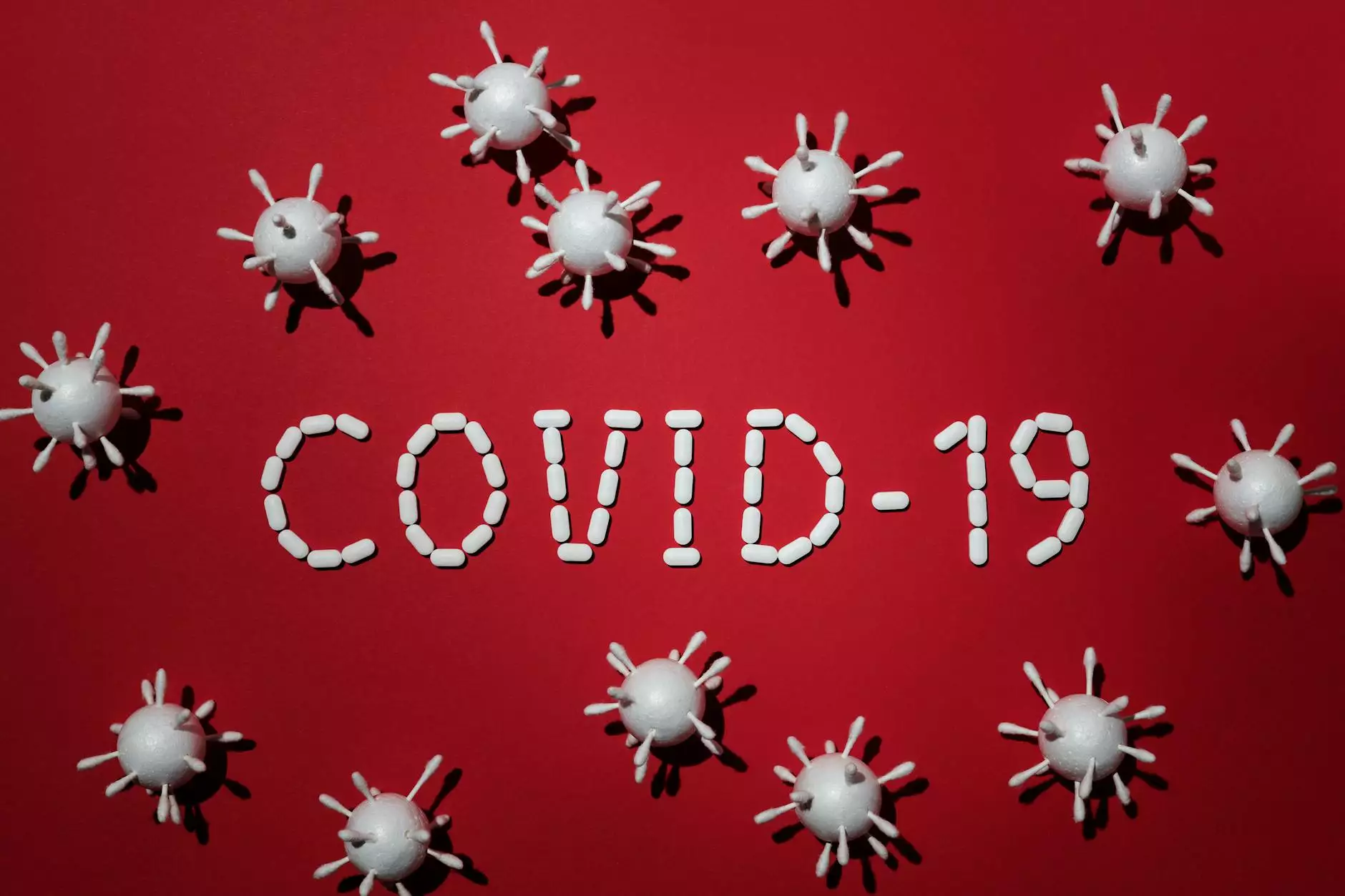Tendinosis vs Tendinitis: Understanding Key Differences for Effective Treatment

Tendinosis and tendinitis are two commonly misinterpreted conditions that affect the tendons, leading to pain and discomfort. Despite their similarities, it is crucial to understand the key differences between these two conditions to facilitate an appropriate treatment plan. In this comprehensive article, we delve into the definitions, symptoms, causes, and definitive treatments for both tendinosis and tendinitis, allowing you to make informed decisions regarding your health.
What is Tendinosis?
Tendinosis refers to a chronic condition caused by degenerative changes in the tendon. Unlike tendinitis, which is characterized by inflammation, tendinosis is linked to the progressive degeneration of the tendon’s collagen fibers due to overuse, aging, or injury.
Symptoms of Tendinosis
The symptoms of tendinosis typically include:
- Chronic pain that worsens with activity
- Stiffness in the affected tendon
- Swelling in some cases, although not always
- Warmth or sensitivity around the tendon
It’s worth noting that the pain from tendinosis is often described as a dull ache, which can be exacerbated with repetitive motions or specific activities.
What is Tendinitis?
Tendinitis is an acute condition characterized by the inflammation of a tendon, often due to sudden overexertion or repetitive movements. This inflammation leads to pain and discomfort around the affected area, impacting daily activities.
Symptoms of Tendinitis
Common symptoms associated with tendinitis include:
- Sharp or acute pain near a joint or tendon
- Swelling in the affected area
- Increased pain during movement or activity
- Stiffness that may improve with activity
The pain experienced with tendinitis can be significantly more intense than that of tendinosis, and it can often result in reduced functionality of the affected tendon.
Tendinosis vs Tendinitis: Key Differences
Both conditions affect the tendons, but there are some essential differences:
- Nature of Condition: Tendinitis is inflammatory, while tendinosis is degenerative.
- Duration: Tendinitis can often be acute and short-term, whereas tendinosis is chronic and long-lasting.
- Symptoms: Tendinitis presents with sharp pain and swelling, while tendinosis usually features chronic, dull ache with stiffness.
- Treatment Approaches: They require different treatment methodologies, which will be detailed below.
Causes of Tendinosis and Tendinitis
Causes of Tendinosis
Tendinosis is primarily caused by:
- Overuse: Repetitive activities can lead to micro-tears in the tendon.
- Age: Tendons lose their elasticity and strength over time.
- Previous injuries: Past injuries can predispose tendons to degeneration.
Causes of Tendinitis
The primary causes of tendinitis include:
- Repetitive motion: Consistent use of a tendon can lead to inflammation.
- Acute injury: Sudden stress or trauma to a tendon can cause an inflammatory response.
- Poor technique: Improper form in physical activities can strain tendons.
Diagnosis of Tendinosis vs Tendinitis
Proper diagnosis of both tendinosis and tendinitis is fundamental to effective treatment. Health professionals typically use a combination of medical history, physical examination, and imaging techniques to differentiate between the two conditions.
Medical History
A knowledgeable practitioner will ask about your symptoms, activity levels, and any previous injuries to understand the condition better.
Physical Examination
During a physical examination, healthcare providers will assess pain levels, swelling, and tenderness around the affected area. They may also evaluate your range of motion and functionality.
Imaging Techniques
Imaging tests, such as X-rays, MRIs, or ultrasounds, help visualize the tendon’s condition. These tests are especially useful for identifying the degenerative changes characteristic of tendinosis and to evaluate inflammation in tendinitis.
Treatment Options for Tendinosis and Tendinitis
Effective treatment for each condition will vary significantly due to their differing natures.
Treatment for Tendinosis
Given that tendinosis is a degenerative condition, treatment typically focuses on:
- Rest: Avoiding activities that exacerbate pain.
- Physical therapy: Specific exercises to strengthen the tendon and restore flexibility.
- Modifications in activity: Utilizing alternative low-impact exercises.
- Medications: Anti-inflammatory medications may be recommended.
- Injections: In some cases, corticosteroid injections can help reduce discomfort.
- Surgery: In persistent cases, surgical intervention may be necessary to repair damaged tendons.
Treatment for Tendinitis
Treatments for tendinitis are aimed at reducing inflammation and alleviating pain:
- Rest: As with tendinosis, taking a break from aggravating activities is crucial.
- Icing: Applying ice packs can help reduce swelling and pain.
- Physical therapy: Exercises focused on flexibility and strengthening can aid recovery.
- Anti-inflammatory medications: Nonsteroidal anti-inflammatory drugs (NSAIDs) can alleviate pain and inflammation.
- Corticosteroid injections: In some situations, these may be utilized to reduce inflammation quickly.
- Surgical options: Rarely required, but surgery may be necessary for severe cases.
Preventive Measures
Understanding how to prevent both conditions is crucial for maintaining tendon health. Here are some crucial preventive strategies:
- Warm-Up: Always start with a warm-up before engaging in physical activities.
- Strengthening Exercises: Regularly practice exercises that strengthen the muscles around the tendons.
- Proper Technique: Learn and maintain proper technique in sports and fitness activities.
- Gradual Progression: Increase activity intensity gradually to prevent overuse and injuries.
- Rest: Incorporate rest days into your routine to allow recovery.
Conclusion
In conclusion, understanding tendinosis vs tendinitis is vital for effective management and treatment of these common tendon conditions. Although they share similarities, their differences necessitate unique approaches to diagnosis and care. By being aware of the symptoms, causes, and treatment options, you can take proactive steps towards maintaining your tendon health and ensuring a speedy recovery.
If you are experiencing persistent tendon pain, it is essential to seek professional advice. Contact a qualified healthcare practitioner or physical therapist to assess your symptoms and recommend an appropriate care plan tailored to your needs.









